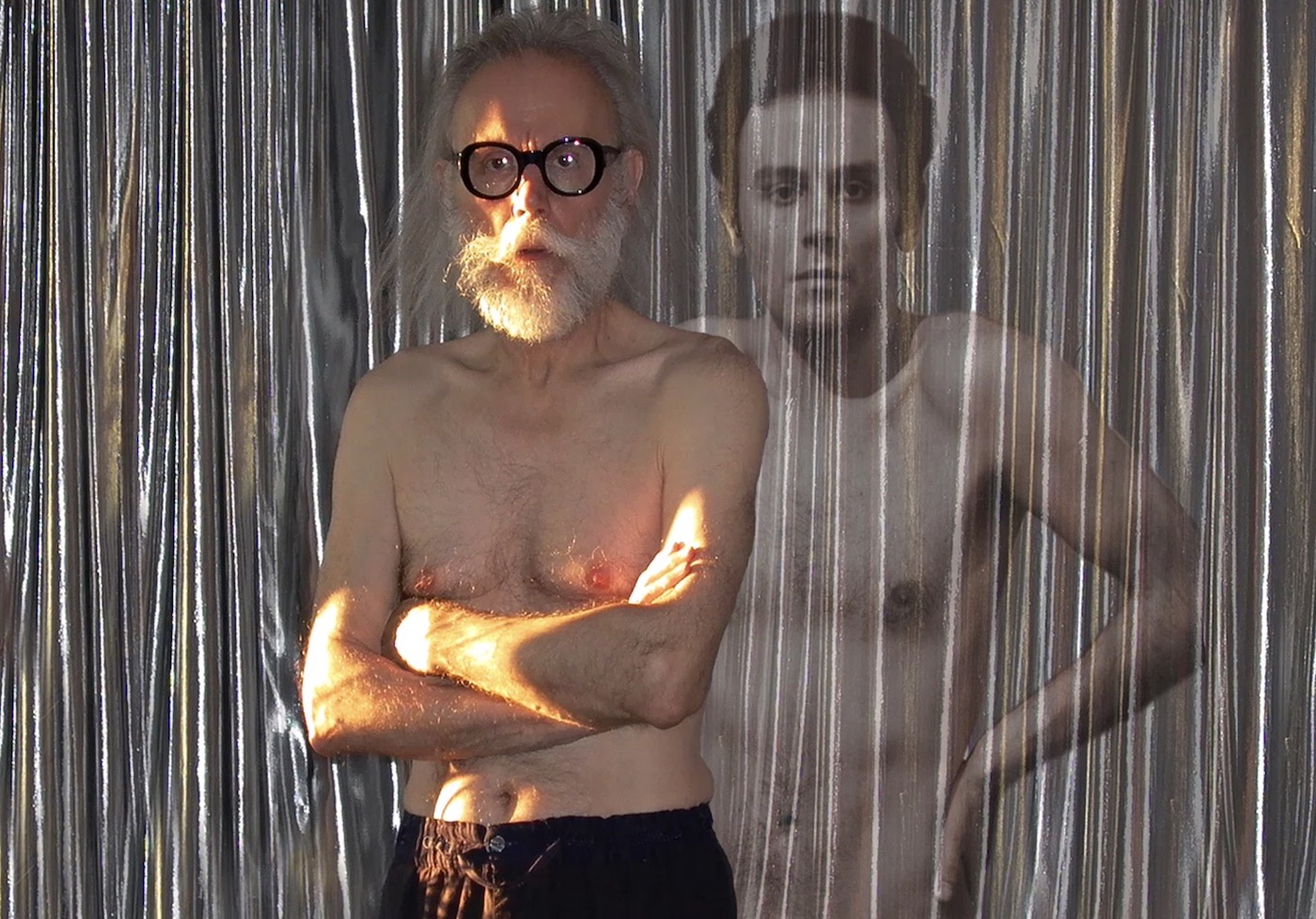Lucas Samaras, the postwar visual artist known for his vibrant and introspective works, passed away at 87 in his Manhattan residence due to complications from a fall. Arne Glimcher, the founder of Pace Gallery, which had represented Samaras for over five decades, announced the news.
In the late 1950s, Samaras emerged as a provocative figure among artists like Claes Oldenburg, Allan Kaprow, and Carolee Schneemann. Pushing the boundaries of American art with his diverse and unconventional creations, from smudgy pastels to raw plasterworks adorned with eclectic materials, his art defied categorisation and captivated audiences with its animistic allure.
Born in Kastoria, Greece, in 1936, Samaras immigrated to the United States with his family in 1948, settling in New Jersey. His upbringing, marked by his father’s furrier trade and his artistic sensibility, laid the foundation for his lifelong exploration of materials and forms.
At Rutgers University, Samaras delved into the avant-garde under luminaries like Allan Kaprow, Robert Watts and Roy Lichtenstein, embracing a philosophy of blurring the lines between art and life. He pioneered performances challenging conventions, setting the stage for his later artistic endeavours.
Throughout his career, Samaras embarked on a journey of self-exploration and introspection, often using himself as the subject of his art. His conceptual piece in 1964, where he meticulously recreated his childhood bedroom studio, showcased themes of memory and loss that resonated with audiences.
Samaras’ experimentation with Polaroid instant photography in 1969 marked a turning point in his creative exploration, yielding surreal compositions that merged self-portraiture with abstract forms. His work, characterised by themes of seduction and repulsion, invited viewers into a labyrinth of visual spectacle and self-discovery.
Despite periods of reclusive introspection, Samaras’ art remained a beacon of innovation, earning him retrospectives and accolades worldwide. In 2009, he represented Greece at the Venice Biennale with “Ecdysiast,” a striking examination of self-exposure and perception.
His gallery Pace made the following. Statement:
Pace is deeply saddened to announce the passing of artist Lucas Samaras on March 7 at age 87.
Working in the digital realm long before it was associated with fine art, Samaras pioneered radical new modes of image-making throughout his storied career, pushing and redefining the boundaries of portraiture and self-portraiture over seven decades. Centering on the body and the psyche, Samaras’s autobiographical work across photography, painting, installation, assemblage, drawing, textile, and sculpture often meditates on the malleable, shapeshifting nature of selfhood. “I like remaking myself in photography,” the artist once said.
Samaras joined Pace’s program in 1965 and had his first solo exhibition with the gallery at its West 57th Street space in New York in 1966. Since then, Pace has presented some 30 exhibitions dedicated to the artist’s work, including his 2022 show, Albums, at Pace’s New York flagship, which focused on constructing an illustrated auto-historical archive through his Albums, each comprising hundreds of images. In 2023, Pace Publishing released a new volume focused on Samaras’s psychedelic digital depictions of flowers. He also extended his practice into Web3 in recent years, producing a series of NFTs derived from psychedelic images he made in the mid-2000s.
In September 2024, Dia Beacon in New York will host an exhibition featuring sculptures from the artist’s Cubes and Trapezoids series, which he created between 1993 and 1994, along with one of his immersive mirrored rooms.
Lucas Samaras leaves behind a legacy of artistic audacity and unyielding self-exploration, his canvases echoing the enigmatic depths of the human psyche. He is survived by his sister, Carol Samaras.
Reflecting on his creative odyssey, Samaras once mused, “I was my own Peeping Tom. Because of the absence of people, I could do anything. I formulated myself, I mated with myself, and I gave birth to myself. And my real self was the product” — the art.
Top Photo Courtesy Pace Gallery London

